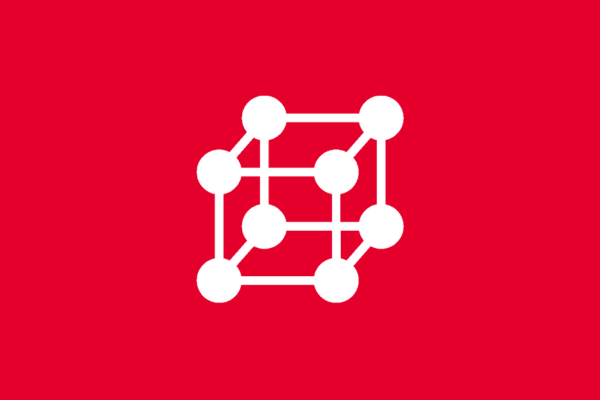Basis of the course:
1.Pig iron production: history and present. Characteristics of the development of iron production in the world and in the Czech Republic. Energy and raw material limits of further development. Deficiencies of current iron production technology. Technological process of pig iron production using blast furnace.
2.Raw materials for pig iron production: iron ores, slag forming additives. Requirements, properties and treatment options. Sintering and pelletization of ores.
3.Fuels for pig iron production: coke-its production, properties. Quality requirements. Alternative fuels. Preparation of blast furnace charge. Desirable properties of blast furnace charge.
4. Theoretical basis of pig iron production. Basic reactions in the blast furnace. Reduction of iron oxides. Direct and indirect reduction. Physico-chemical processes in the oxidation spaces of the blast furnace.
5. Basics of blast furnace process control technology. Basic parts of the blast furnace. Techno-economic indicators of blast furnace production. Products of iron production, blast furnace slag, blast furnace gas.
6. Alternative methods of iron production. Basic characteristics of the most used technological methods. Comparison with conventional blast furnace production.
7. BAT. Ecological requirements and current innovative trends in metal production.
8. Steel production statistics, basic classification of steel production technology.
9. Steel production in oxygen converter process.
10. Steel production in open hearth furnace.
11. Production of steel in electric arc furnaces.
12. Secondary steel metallurgy processes: deoxidation, desulphurisation.
13. Secondary steel metallurgy processes: vacuum process, alloying, heating process.
14. Steel casting.
Basis of the exercise
1. Introduction to the subject, programme of practice, conditions for credit. Chemical terminology, stoichiometrical calculations.
2. Calculations of iron recovery from ore deposits. Pelletization. Sintering.
3. Calculation of the amount of alkaline additives in the deposit.
4. Material analysis of blast furnace process, determination of direct and indirect reduction.
5. Calculation of the quantity and composition of the gas from the oxidation zone.
6. Excursion - visit to the geological hall.
7. First control test - part of iron metallurgy.
8. Technological flow of steel production, steel standards.
9. Determination of liquidus and solidus temperature of steel. Calculation of solubility and pressure of gases in steel.
10. Material analysis of melting in the LD converter.
11. Calculation of deoxidizing additives and alloying, calculation of ferroalloy quantity in steel.
12. Excursion - visit to an integrated metallurgical plant - sinter plant, blast furnace.
13. Excursion - visit to an integrated metallurgical plant - steel mill.
14. Second control test - part of steel metallurgy. Evaluation of tests, giving credit.
1.Pig iron production: history and present. Characteristics of the development of iron production in the world and in the Czech Republic. Energy and raw material limits of further development. Deficiencies of current iron production technology. Technological process of pig iron production using blast furnace.
2.Raw materials for pig iron production: iron ores, slag forming additives. Requirements, properties and treatment options. Sintering and pelletization of ores.
3.Fuels for pig iron production: coke-its production, properties. Quality requirements. Alternative fuels. Preparation of blast furnace charge. Desirable properties of blast furnace charge.
4. Theoretical basis of pig iron production. Basic reactions in the blast furnace. Reduction of iron oxides. Direct and indirect reduction. Physico-chemical processes in the oxidation spaces of the blast furnace.
5. Basics of blast furnace process control technology. Basic parts of the blast furnace. Techno-economic indicators of blast furnace production. Products of iron production, blast furnace slag, blast furnace gas.
6. Alternative methods of iron production. Basic characteristics of the most used technological methods. Comparison with conventional blast furnace production.
7. BAT. Ecological requirements and current innovative trends in metal production.
8. Steel production statistics, basic classification of steel production technology.
9. Steel production in oxygen converter process.
10. Steel production in open hearth furnace.
11. Production of steel in electric arc furnaces.
12. Secondary steel metallurgy processes: deoxidation, desulphurisation.
13. Secondary steel metallurgy processes: vacuum process, alloying, heating process.
14. Steel casting.
Basis of the exercise
1. Introduction to the subject, programme of practice, conditions for credit. Chemical terminology, stoichiometrical calculations.
2. Calculations of iron recovery from ore deposits. Pelletization. Sintering.
3. Calculation of the amount of alkaline additives in the deposit.
4. Material analysis of blast furnace process, determination of direct and indirect reduction.
5. Calculation of the quantity and composition of the gas from the oxidation zone.
6. Excursion - visit to the geological hall.
7. First control test - part of iron metallurgy.
8. Technological flow of steel production, steel standards.
9. Determination of liquidus and solidus temperature of steel. Calculation of solubility and pressure of gases in steel.
10. Material analysis of melting in the LD converter.
11. Calculation of deoxidizing additives and alloying, calculation of ferroalloy quantity in steel.
12. Excursion - visit to an integrated metallurgical plant - sinter plant, blast furnace.
13. Excursion - visit to an integrated metallurgical plant - steel mill.
14. Second control test - part of steel metallurgy. Evaluation of tests, giving credit.
